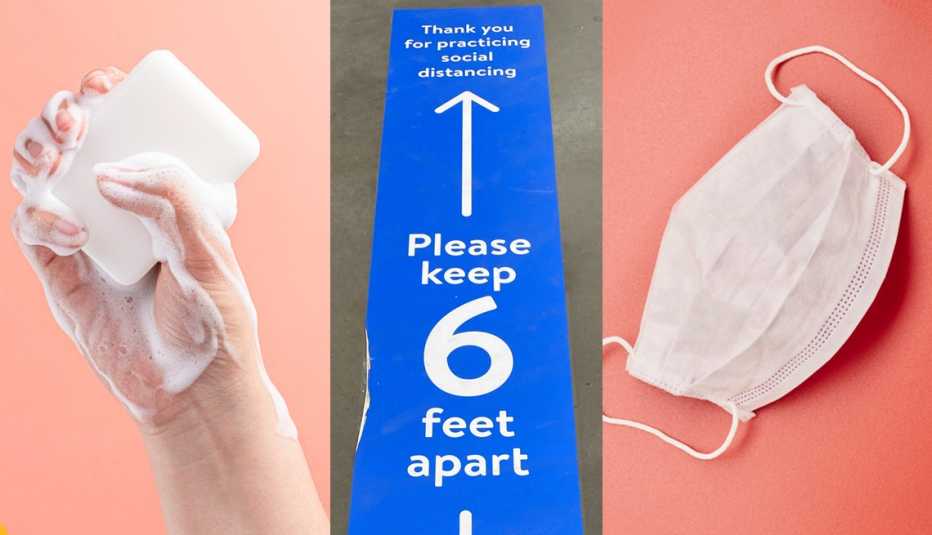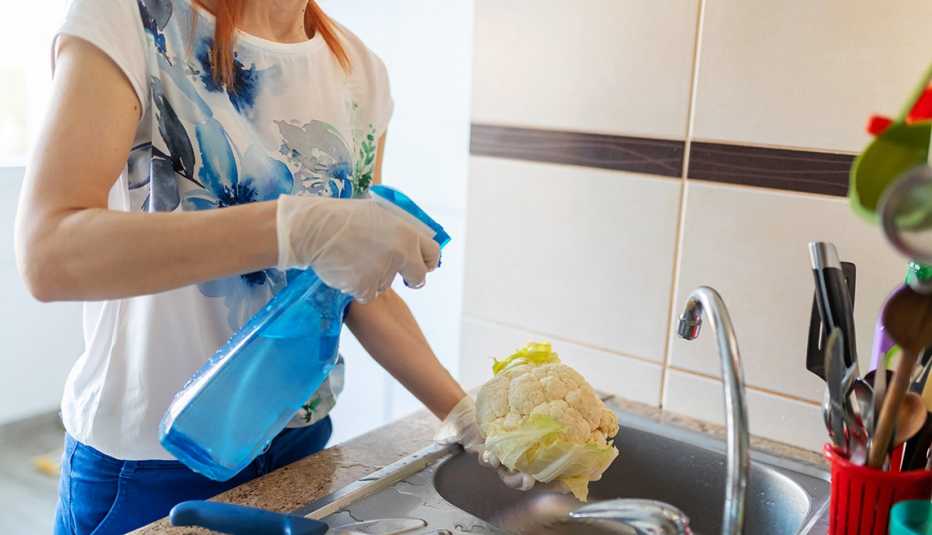Staying Fit
Are you still buying special disinfecting wipes in bulk and attacking door handles, groceries and packages to prevent coronavirus?
It may not be necessary, according to new guidance from the Centers for Disease Control and Prevention (CDC).
While not impossible, the risk of getting infected from a surface is very low — “generally less than 1 in 10,000,” the CDC says. And the agency says it's fine to use regular household cleaners as long as no one is sick or has a suspected coronavirus infection.


AARP Membership— $12 for your first year when you sign up for Automatic Renewal
Get instant access to members-only products and hundreds of discounts, a free second membership, and a subscription to AARP the Magazine.
"In most situations, regular cleaning of surfaces with soap and detergent, not necessarily disinfecting those surfaces, is enough to reduce the risk of COVID-19 spread,” CDC Director Rochelle Walensky said at a White House briefing on April 5.
The new CDC guidance says that cleaning with soap or detergent at least once per day can substantially reduce virus levels on surfaces. Surface transmission can also be reduced by handwashing and wearing a well-fitting mask, Walensky said.
The CDC says disinfection is necessary only if there has been a suspected or confirmed case of COVID-19 in an indoor space within the last 24 hours. Soap and water reduce the risk of infection by physically removing germs from a surface, while disinfectants kill germs.
Changing science on coronavirus transmission
The revised CDC guidance reflects the latest science, which shows the new coronavirus is transmitted mainly through respiratory droplets and aerosols from infected people, particularly in poorly ventilated indoor environments when people are within 6 feet of each other.



































































